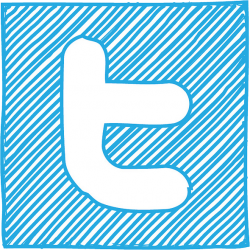
When I consult with people and businesses about social media, one of the topics that always seems to come up is that of follower count. They look at my follower count and I get questions like how did you get so many followers or why would 38,000 people follow you.
The first and more important thing to understand is that unless you are a celebrity of sorts, building followers takes effort. Even many celebrities have to actually put work into it. The second thing to understand is that only a certain percentage of the people that follow you will ever take action on what you say.
When we think about second reason, we also should understand that the percentage of people that will take action on what you say relates directly to the quality of your followers. The higher the quality of followers, the more action they will take. The more people who are your fans, the more they will do something with the information you put out.
With any event, online or offline, there is a certain point where you have enough attendees to make the event take fire and become a great event. Sometimes, getting that critical mass is easy and sometimes it's a little more difficult.
Think about a concert you might go to. If the venue seats 10,000 people but only 2,000 show up, the concert will lack a certain amount of energy. It will lack that energy simply because of the lack of people. You put those same people in a venue that will hold only 2,000 people and the energy level changes.
Social media is no different. When you have 100 people that follow you on twitter or 25 friends on Facebook, there is at least a psychological barrier for people to want to follow because they don't know if you are worth it until other people think it.
When you work on follower building activities for any of your social media channels, you need both quantity and quality. You start with the quantity. You start by getting shear numbers. At some point, you'll hit a critical mass of followers, among them will be some quality. But, as you look for people that are the quality followers, those that are more likely to action on what you have to say, it will be easier because you'll have a bit of credibility.
Now, there is a risk when building your follower count. That risk is fake followers. You'll never want to employ the tactic of getting fake followers. A fake follower is generally an account that is built for the sole purpose of ginning up your numbers. Getting a fake follower is not an accident. Someone actually has to set up a process to generate the fake accounts.
A high fake follower count greatly reduces your credibility and can undermine your goals if you are not careful.
I recently found a site that identifies how many fake followers your Twitter account has. You might consider checking it out here. When you find a fake follower, you should really work to trim those accounts out by blocking them. That forces them to unfollow you.
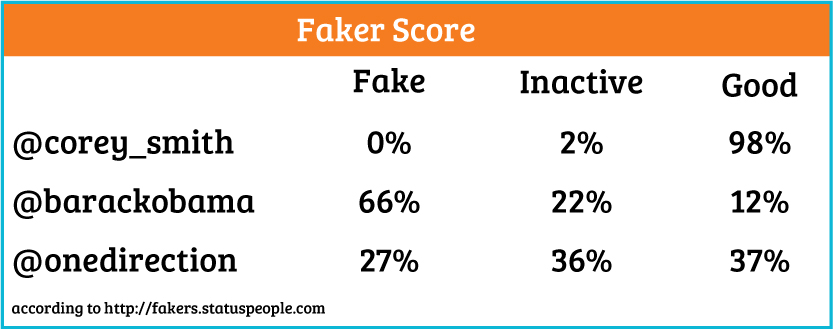
The problem is that most people or businesses don't want to block them because they think it sends a bad message to force their follower counts lower and blocking users. Personally, I think it sends a worse message to have accounts following you that are fake.
When considering how you build your audience, remember that quantity is important to build some perceptive credibility but the real goal is to build quality. Quantity is simply a tool to make that a reality.


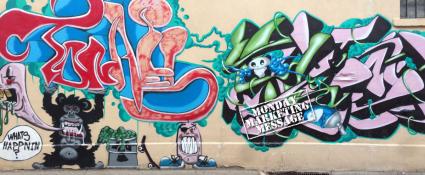
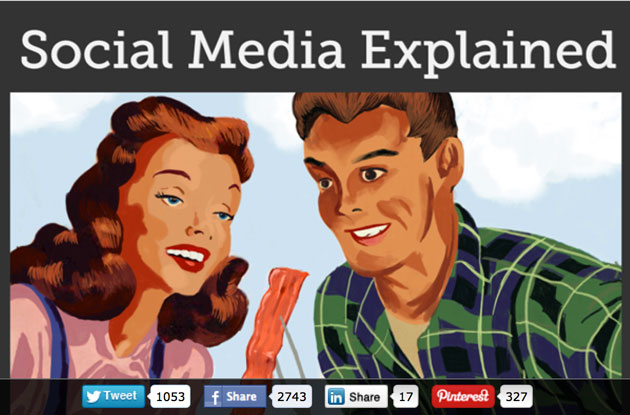

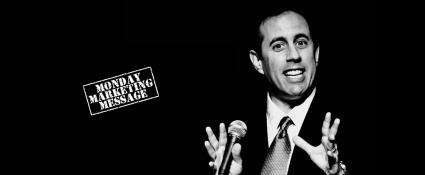

 Twitter started as a social network with the intention of just saying what you are doing right now. In fact, like Facebook, it's intent was to have your username as the subject of a sentence. You might still see people with this old school approach to tweets or status updates like:
Twitter started as a social network with the intention of just saying what you are doing right now. In fact, like Facebook, it's intent was to have your username as the subject of a sentence. You might still see people with this old school approach to tweets or status updates like:  Facebook users tend to be a bit more long-winded than Twitter users. This is not saying anything bad about Facebook users but they have the space to opine and therefore they do.
Facebook users tend to be a bit more long-winded than Twitter users. This is not saying anything bad about Facebook users but they have the space to opine and therefore they do. LinkedIn is the least social of these three social networks. LinkedIn has come a long way with their groups feature but it's still a bit complicated to track certain users. Part of that is because when it was originally built it was more of a giant Rolodex online and now has incorporated many of the successful elements from other social networks.
LinkedIn is the least social of these three social networks. LinkedIn has come a long way with their groups feature but it's still a bit complicated to track certain users. Part of that is because when it was originally built it was more of a giant Rolodex online and now has incorporated many of the successful elements from other social networks.
